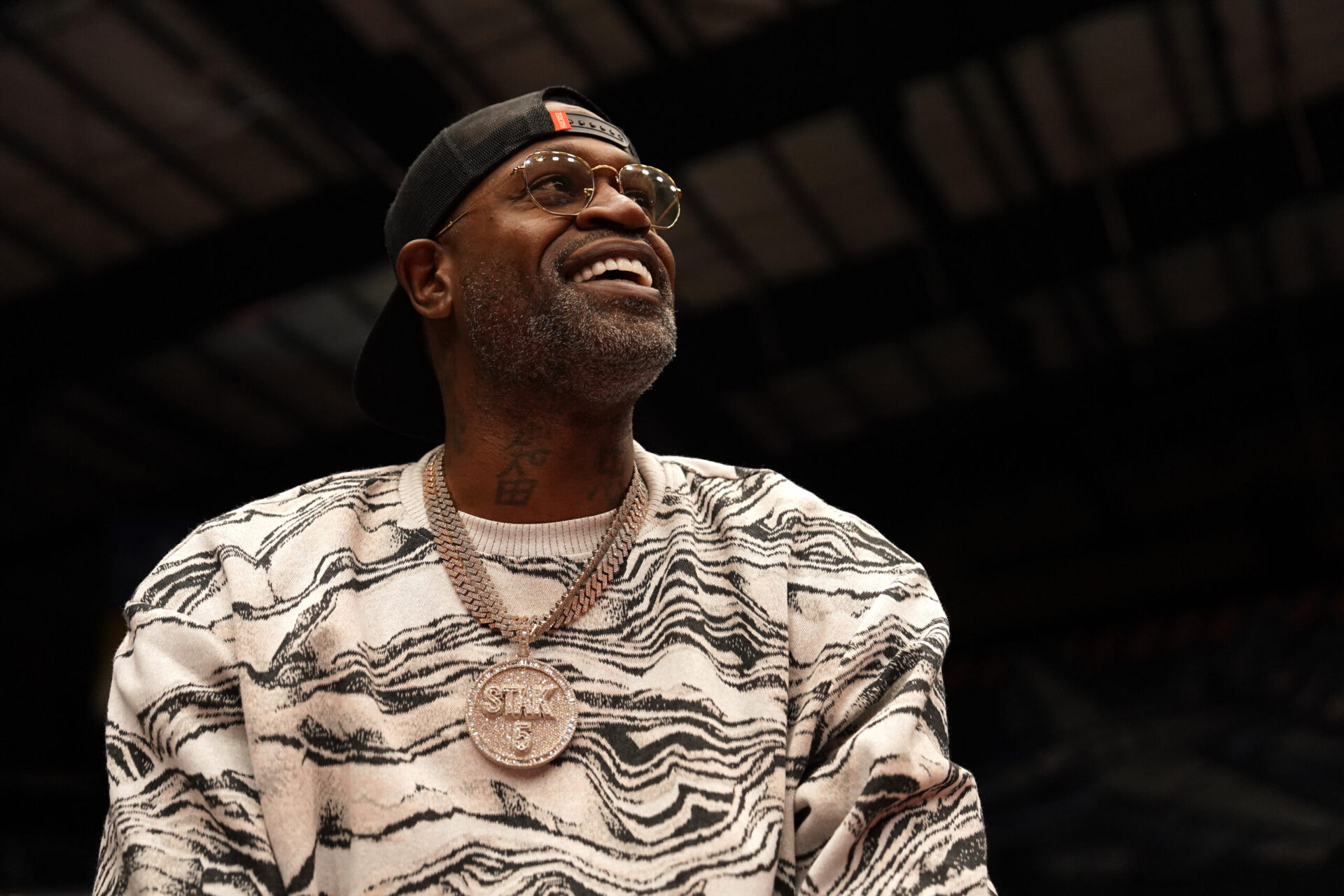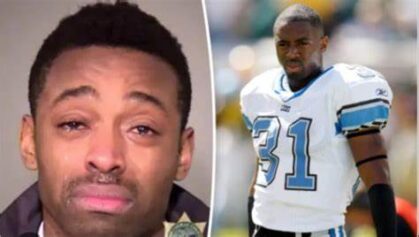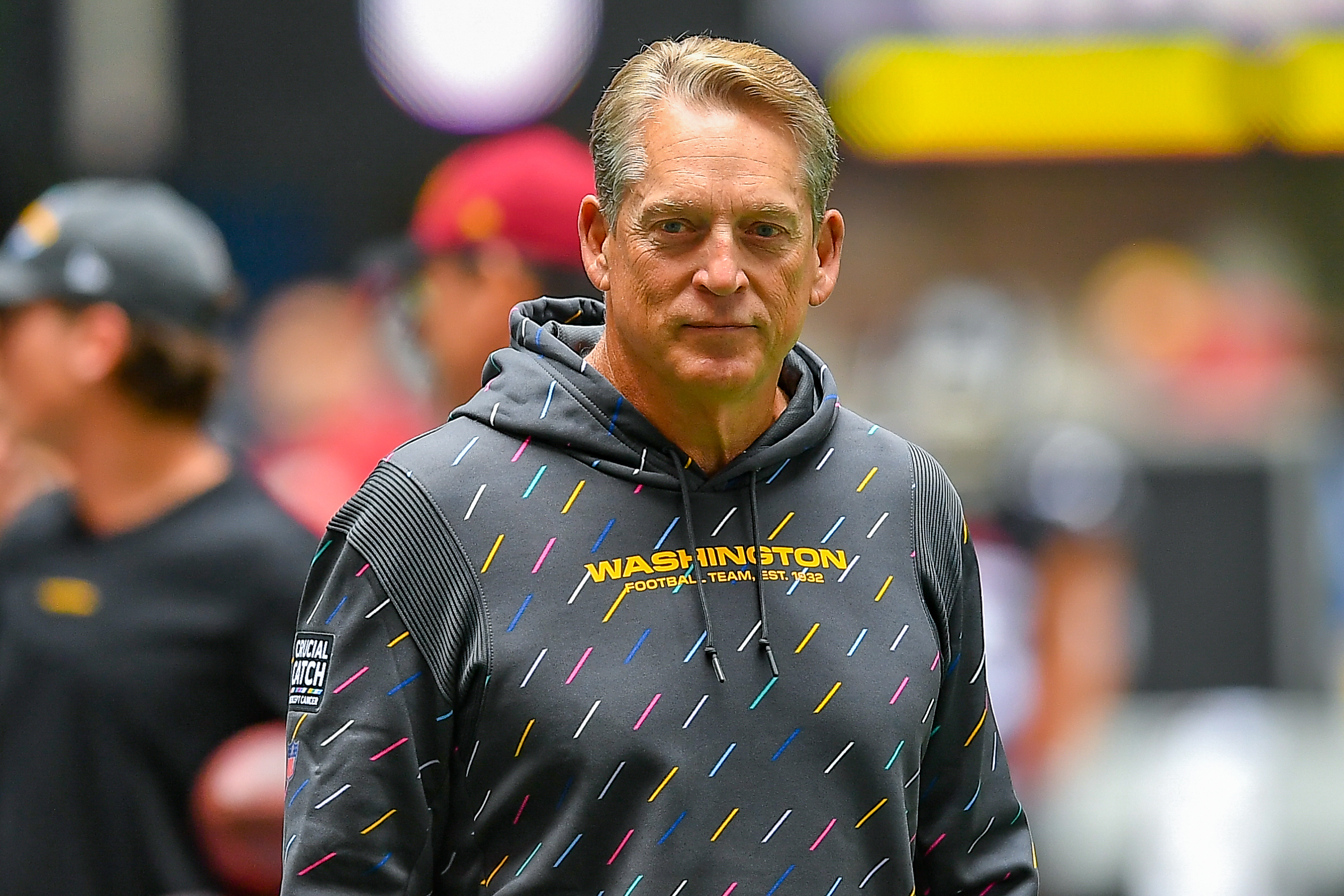While the world continues to mourn the deaths of George Floyd, Breonna Taylor, and Jacob Blake, the death count by police brutality continues to rise.
Dijon Kizzee, a 29-year-old Black man in South Los Angeles, was riding his bicycle when he was stopped by police for an alleged “vehicle code” violation. He was shot to death by two Los Angeles sheriff’s deputies, who fired 15 to 20 rounds after the man allegedly punched one officer and dropped a pistol on the ground according to authorities on Tuesday.
https://youtu.be/ieqeWa6lOk0
In Rochester, New York on March 23rd, Daniel Prude was having a mental health episode when his brother called police for help. Officers covered his head and held him down on the ground before he stopped breathing. Prude stopped breathing after police knelt on him while he was handcuffed, according to video from the scene that was released.
When he arrived at the hospital he was brain dead and the autopsy report ruled Prude’s death a homicide, caused by “complications of asphyxia in the setting of physical restraint.”
The Real Problem
With the world’s attention on police brutality, Black people are still dying at the hands of law enforcement. However, perception is at the core of why police feel neutralization of Black people trumps humanitarianism.
Since the Slave Codes, America has maintained a false perception of Black people reinforced by law enforcement and the judicial system.
The Slave Codes were the set of rules based on the concept that enslaved persons were property, not persons, and were systems of control that set a precedent of suspicion over Blackness.
Inherent in the institution of slavery were certain social controls, which enslavers amplified with laws to protect not only the property but also the property owner from the danger of slave violence. The slave codes were forerunners of the Black codes of the mid-19th century.
The Black Codes were any of the numerous laws enacted in the states of the former Confederacy after the American Civil War and intended to assure the continuance of white supremacy.
Enacted in 1865 and 1866, the laws were designed to replace the social controls of slavery that had been removed by the Emancipation Proclamation and the Thirteenth Amendment to the Constitution.
Vagrancy, unemployment, loitering, etc. were all punishable and at least, would stoke the suspicion of police or even regular citizens.
American law enforcement and America in general has never left the Black Codes mentality. As long as Black culture and Black bodies are seen as counter-cultural and dangerous, there will always be a threat of danger in every action that is non-conformist or a plain metal illness break.
In Kenosha, Wisconsin, Jacob Blake was walking away from police to check on his waiting children when he was shot by police seven times in the back. The Kenosha police department would later say that they thought Blake was going for a weapon and that a knife was later found in his car.
Regardless, he was shot in front of his sons continuing a cycle of fear all predicated in Blackness as a threat that could be justifiably neutralized even if it required deadly force.
The protests will continue but there will never be changes until the perception adopted by America over Black people changes.



